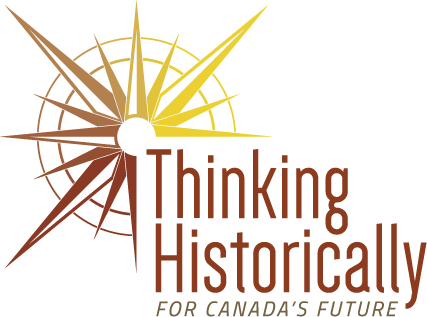Towards Indigenous place-based metaphors for environmental history education. In K. Horn-Miller & M. Kress, (Eds.), Land as relation: Teaching and learning through place, people and practices (pp. 259-269).
Abstract
In this chapter, we draw upon our respective positionalities as storytellers to countermand Eurocentric imagery and language that inform our histories of one place—the watershed regions of Lake Ontario, traditionally shared territory of the Haudenosaunee and Anishinaabek Nations. We disrupt the Eurocentric narratives of Kingston and Peterborough, and move towards a metaphor encompassing of Indigenous and Settler experiences of the land and the water, together forming mud. Mud is part of a healthy ecosystem. It is comprised of a delicate balance between the soil and water (Dalrymple & Carey, 1990). We hope to promote the kind of inquiries that teachers and students could undertake in their places, as they work to “inoculate the ecologically destructive presuppositions of the dominant culture” (Derby, 2015, p. 132). In doing so, we offer a metaphor that interrupts the threads of Eurocentrism by attending to Indigenous histories, teachings, and lived experiences through a metaphor duality (land/water; Indigenous/Settler; past/future). This place as a metaphor of mud honours the coming together of two separate matters which combine to become something new.
Presenters
Brant-Birioukov, Kiera
Pind, Jackson
Karn, Sara
McGregor, Heather E.
Name of conference, organization, journal, or publisher where KMb product appears
Canadian Scholars’ Press
Link
https://canadianscholars.ca/book/land-as-relation/
Publication or Presentation Date
7/1/2023
